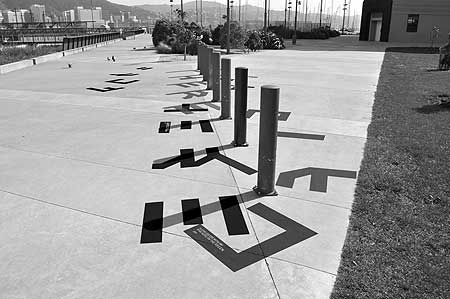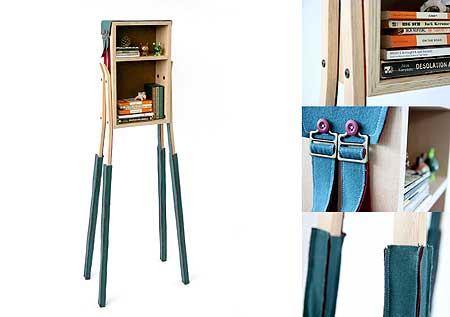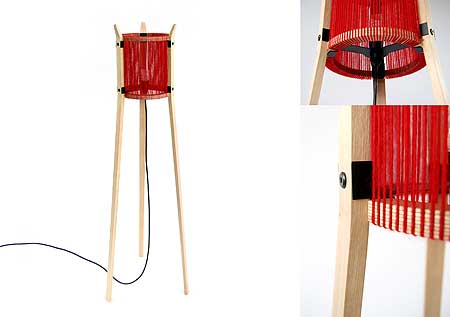Young New Zealanders in Milan Design Show





Two recent Massey graduates are amongst a select group of designers worldwide to show work at the Milan Design Show.
Work by environmental graphic designer, Katie Bevin, and industrial/furniture designer, Chris Dwan, will be on display at the AddictLab collaborative space in the Milan show, alongside pieces by eleven other designers from Europe and South Africa. Milan Design Week is a huge and highly prestigious event, including the 51st edition of what has been described as “the planet’s greatest home furnishing exhibition”, the Salone Internazionale del Mobile. The Milan show runs from April 17 to April 22 this year.
Katie Bevin’s work, Urban Tales, has already won her three big design awards: a Society of Environmental Graphic Design honours award, an International Society of Typographic Designers merit award, and a Best Design silver award from The Designers Institute of New Zealand.
Urban Tales was Ms Bevin’s major project for her final year at Massey University’s School of Design. It comprises a modular typeface where the letter shapes she designed would be painted or inscribed on a surface and then modified by shadows cast on them by bollards placed at regular intervals. Words become visible when shadows meet the shapes on the ground, constructing a phrase across the course of a day. To be fully realised, the work needs to be installed in an outdoor space – much like a public sculpture.
Ms Bevin is hoping someone who sees her work in Milan will fund its full construction. “Milan is an amazing opportunity for my work to have exposure on an international level. I've tried a few avenues for my piece to be produced but unfortunately nothing has eventuated. I would love to see it made and this is giving me that opportunity,” Ms Bevin says.
In the meantime, this young woman from Napier is working at Sydney design studio Frost Design as an environmental graphic designer (a multidisciplinary combination of interior design, graphic design, architecture, industrial design and landscape design), and loving it.
Chris Dwan got a job at Weta Workshop in Wellington within a month of finishing his industrial design degree at Massey, but it is his furniture design that will feature in Milan. “The Milan show is a huge deal. It’s nice to be recognised for all the hard work, and it’s inspiring to know that there is a market for my designs,” Mr Dwan says.
Mr Dwan’s furniture collection, Craft Native, won silver at the Best Design awards last year. It requires the owner to personalise and embellish elements using a variety of simple crafting techniques. He says his research at Massey showed that the greater the role played by an individual in an object’s creation, the greater the bond between the person and the object. “I wanted to design pieces that had longevity, that could evolve with the owner over their lifetime, and that reduced the wastefulness of consumerism.”
Mr Dwan’s lamp design, for instance, requires owners to source thread, fibre, yarn, rope or wool material to create the shade portion of the lamp. This can be done over and over again to match home decor, or shifts in taste or style. Similarly, his cabinet can be customised by each owner downloading patterns from the Craft Native website and following simple instructions to create a range of ?outfits’ to dress or decorate the cabinet.
The collection is made from a limited range of materials, which can be easily disassembled for re-finishing or recycling, and uses standardised fixings and electrical components. The furniture is made of sustainably managed native tawa and ecoply plywood.